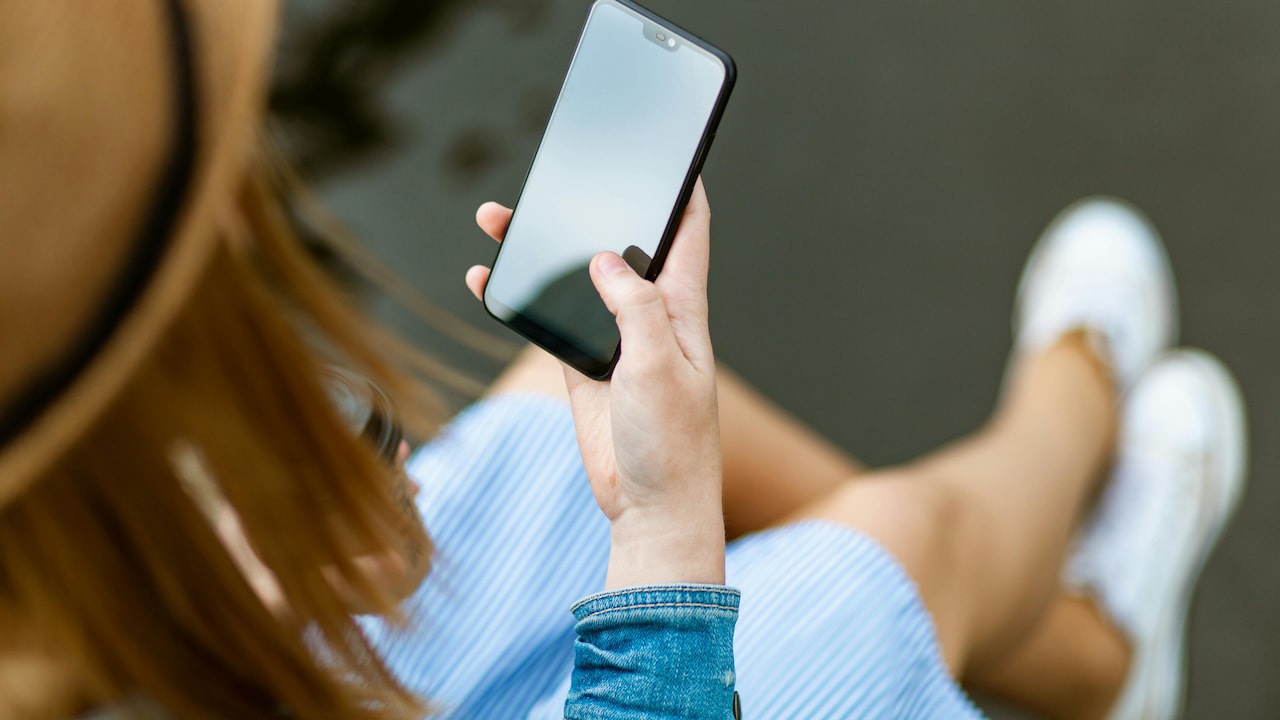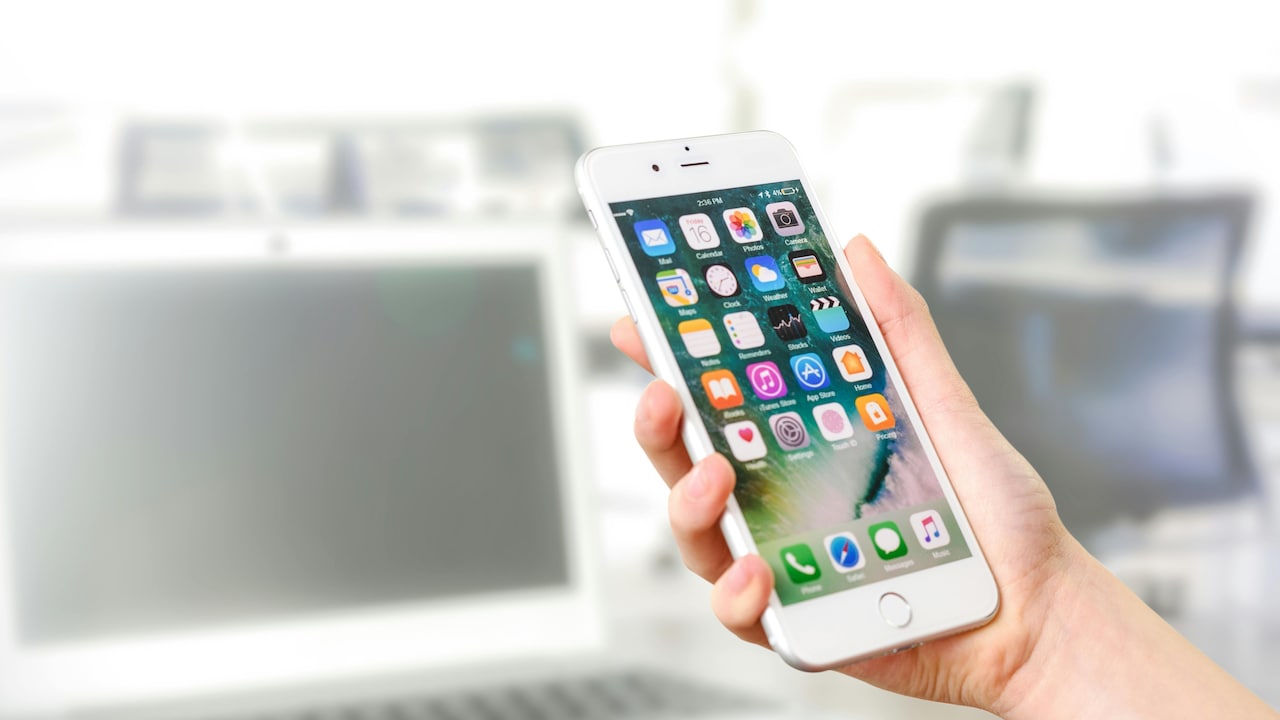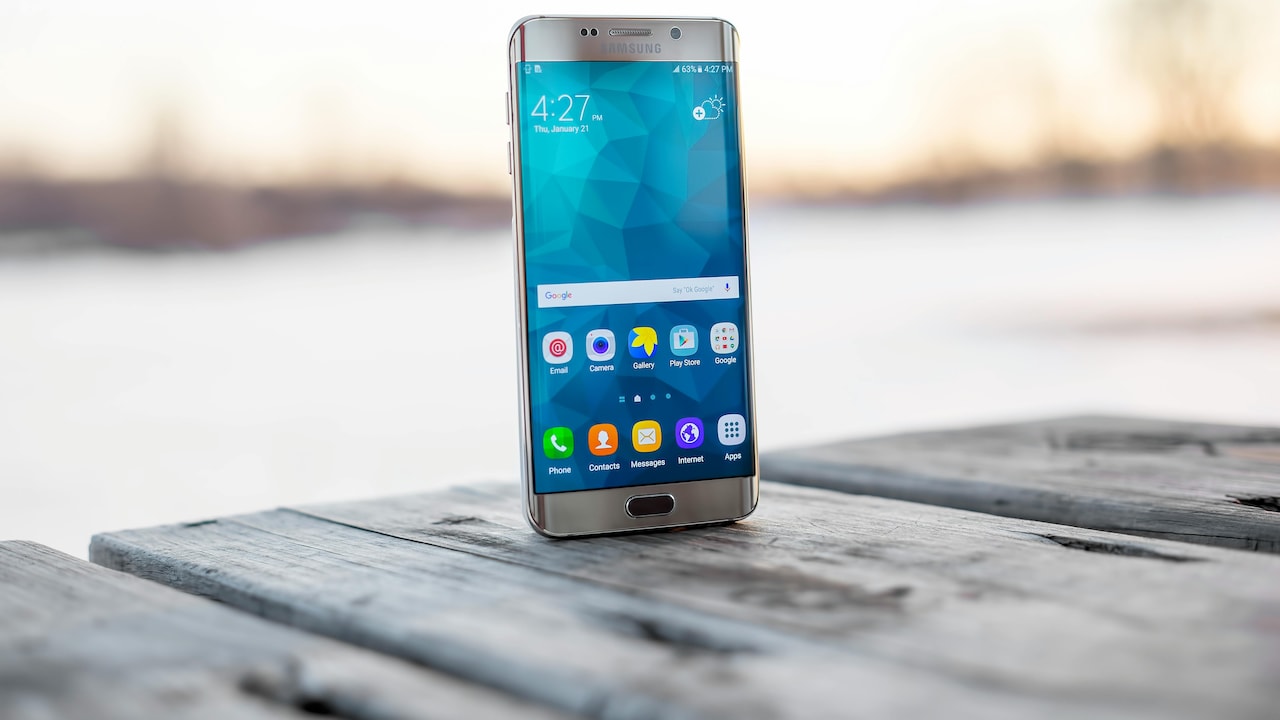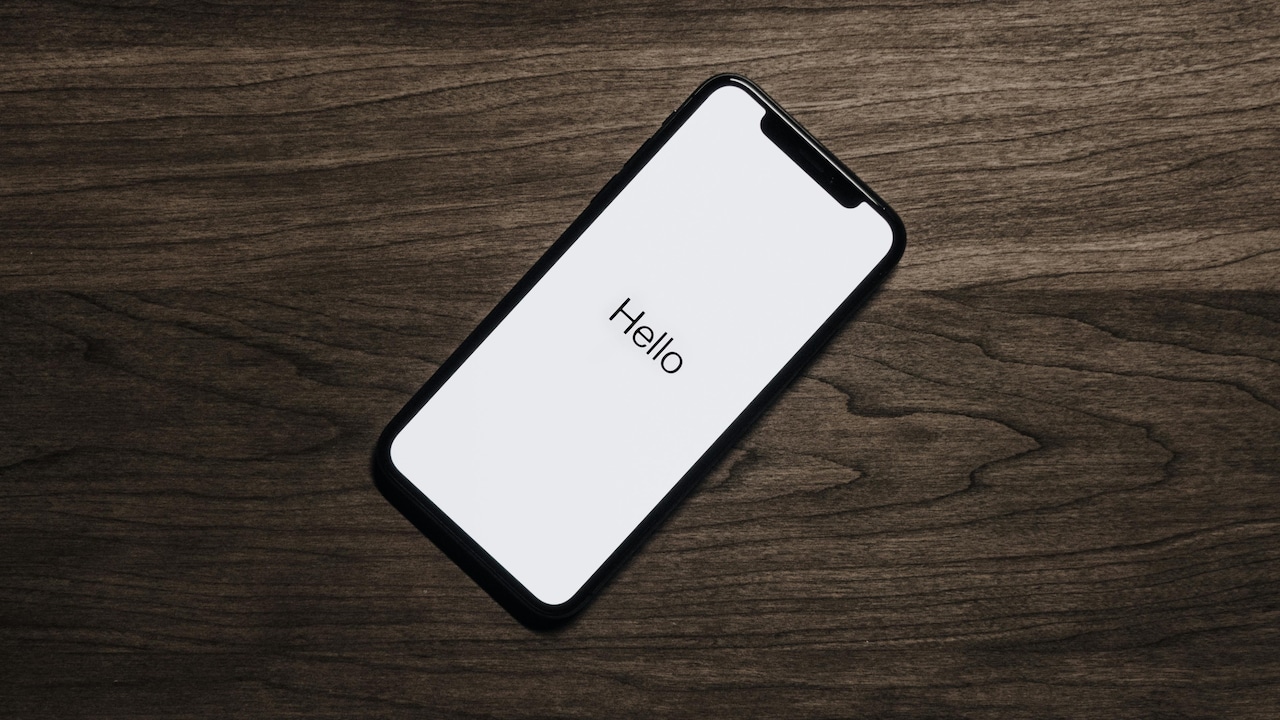How To Reduce Eye Strain When You Are On Your Phone All Day
Screens have become our constant companions, from morning alarms to late-night reels. But with this digital closeness comes a price: tired eyes. This is a guide to keeping your eyes happy and healthy, even when your phone feels glued to your hand. Bring relief for your eyes from mobile strain with these helpful tips.

How To Protect Your Eyes from Mobile Screen Fatigue: Simple Daily Habits That Work.
The modern world runs on screens. Phones have replaced diaries, digital cameras, and sometimes even friends. Whether it's scrolling through social media, attending online meetings, or binge-watching shows on OTT platforms, our eyes are always working overtime. And while that sleek device may seem harmless, spending hours glued to it can quietly drain your eyes of their natural comfort.
Want to reduce eye strain when you use your phone all day? Just follow these expert tips for less fatigue and better comfort.

Here's how to reduce strain on your eyes when using phones for long periods.
Photo Credit: Pexels
Eye strain isn't dramatic at first. It begins with mild discomfort, a burning sensation, maybe a faint headache. But over time, it can lead to blurry vision, dry eyes, and even sleep troubles. In cities where work and leisure are both digital, this is a growing concern.
The good news? A few mindful habits can make all the difference. Think of it as giving your eyes a spa break amidst the digital chaos. Let's explore ten simple yet powerful ways to reduce eye strain without putting your phone on aeroplane mode for life.
Simple Habits To Keep Your Eyes Fresh And Focused
1. Follow the 20-20-20 Rule Religiously
The 20-20-20 rule is as simple as it is effective. Every 20 minutes, look at something 20 feet away for 20 seconds. It's like hitting a refresh button for your eyes. Imagine being at your desk, staring at your phone, and just gazing out the window at a tree or a distant wall. Those few seconds can work wonders.
This rule helps the eye muscles relax and prevents them from locking into that near-focus position caused by long screen sessions. It may sound trivial, but it's scientifically proven to reduce fatigue. You could even set a gentle reminder on your phone, yes, the same culprit, to prompt you every half an hour.
Consistency is key here. The more often you practise it, the more your eyes will thank you. It's an easy routine, doesn't cost a rupee, and fits perfectly into even the busiest workday.
2. Blink Often, It's Nature's Moisturiser
Here's the truth: people blink far less when looking at screens. Normally, humans blink around 15–20 times a minute, but that drops to nearly half when using phones or laptops. The result? Dry, scratchy eyes that feel like sandpaper.
Blinking spreads tears evenly across the eyes, keeping them moist and comfortable. If your eyes feel gritty or tired, it might simply be because you've forgotten to blink enough.
Make a conscious effort, every few minutes, blink fully and slowly. You can even practise the “20-blink exercise”: every hour, blink 20 times deliberately to rehydrate your eyes. If your surroundings are dry, especially with the AC running, using artificial tears (eye drops) can also help.
Think of blinking as your eyes' natural spa treatment, free, instant, and incredibly effective.
3. Adjust Your Screen Brightness and Contrast
Your phone screen shouldn't double as a flashlight or a dim candle. Both extremes can strain your eyes. The goal is balance; your screen brightness should match the light around you.
If you're in a bright office, a dim screen forces your eyes to strain. If you're lying in bed at night with lights off, a bright screen can feel like staring at the sun. Use your phone's automatic brightness feature, but don't hesitate to tweak it manually when needed.
Similarly, increase contrast slightly to make text sharper without going overboard. A warm tone at night, often available in “Eye Comfort” or “Night Mode,” can cut down harsh blue light and promote better sleep.
Think of it as tuning your screen the way you'd adjust your home lighting, soft, balanced, and soothing to the eyes.

Adjust the screen brightness and ratio to a comfortable level
Photo Credit: Pexels
4. Keep a Proper Viewing Distance
Many people hold their phones just inches away from their face, especially when watching videos or reading fine text. That's like making your eyes lift weights all day. Ideally, keep your phone at least 16 to 18 inches away from your eyes (roughly the length of your forearm).
If the text seems too small, resist the urge to bring the phone closer. Instead, increase the font size or use the zoom feature. Your eyes will relax instantly.
Also, avoid reading while lying flat on your bed. The awkward angle can cause uneven strain on one eye and disrupt your natural posture. Use a cushion or prop your phone at eye level whenever possible.
In short, treat your phone like a friend, not a magnifying glass. Give it some space, and your eyes will stay grateful.
5. Use Blue Light Filters and Night Modes
Blue light from screens can interfere with sleep and contribute to eye fatigue. It tricks the brain into thinking it's still daytime, making it harder to fall asleep later.
Most smartphones today come with built-in blue light filters, features like “Night Mode” or “Reading Mode.” Switching these on, especially after sunset, can make your screen gentler on the eyes.
There are also third-party apps that adjust colour temperature automatically based on the time of day. You'll notice the screen turning warmer in the evenings, reducing glare.
It's a small adjustment that goes a long way. Just like sipping herbal tea instead of coffee before bed, this change helps both your eyes and your sleep cycle.
Also Read: Get A Frame Upgrade: Lenskart Eyewear From ₹599
6. Stay Hydrated and Eat for Eye Health
Your eyes, just like your skin, need hydration. Dehydration can make them feel dry and irritated. Keep a water bottle handy and sip regularly throughout the day; not only does it help your eyes, but it also keeps headaches at bay.
Diet plays a big role too. Include foods rich in Vitamin A, C, and E, along with omega-3 fatty acids. Carrots, spinach, almonds, and fish are great options. Even a bowl of colourful salad drizzled with olive oil can work wonders.
If you're looking for a local touch, foods like amla, papaya, and drumsticks are excellent for eye health. And yes, that traditional glass of milk with turmeric at night? It helps too.
Think of every meal as an investment in your vision, one that pays lifelong dividends.

Don't forget to hydrate yourself while using the smartphone for long
Photo Credit: Pexels
7. Don't Forget to Take Screen-Free Breaks
A digital detox doesn't always mean switching off completely. Just pausing for ten minutes every couple of hours can do wonders. Step away from the screen, stretch your body, and let your eyes wander naturally, maybe out of a window or into your garden.
These short breaks help your eye muscles reset and improve blood circulation. If you're working long hours, plan your breaks like appointments. A walk to refill your water bottle, a quick chat with a colleague, or even watering your plants counts.
Consider keeping one hour every evening completely screen-free, no phones, no TV, just music or conversation. You'll be surprised how refreshing it feels. It's like giving your eyes a mini-vacation every day.
8. Adjust Your Lighting and Screen Angle
Lighting plays a bigger role in eye comfort than most people realise. Working in dim light or facing harsh glare can exhaust your eyes quickly. Always make sure the light source isn't directly behind or in front of your screen.
Ideally, position yourself so that light falls from the side. If you're using your phone at night, keep a soft bedside lamp on instead of total darkness. The contrast between a bright screen and a dark room can be brutal for your eyes.
Also, adjust your screen angle slightly downward, about 15–20 degrees below eye level. This prevents you from staring too high, which dries out the eyes faster.
It's all about balance, the right light, the right angle, and the right mood.
9. Practise Simple Eye Exercises
Just as your body needs stretching, your eyes benefit from movement too. Simple exercises can reduce fatigue and improve focus.
Try this: every few hours, roll your eyes in circular motions, clockwise and anti-clockwise. Then, focus on your thumb held close to your nose for a few seconds, and shift focus to a faraway object. Repeat this five times.
Another relaxing trick is palming: rub your hands together to generate warmth and gently cup them over your closed eyes. The warmth relaxes the eye muscles instantly.
Doing these exercises for five minutes a day can reduce eye strain, improve concentration, and even make your vision feel sharper. It's like yoga for your eyes, no mat required!

Practice eye exercises to reduce strain
Photo Credit: Pexels
10. Schedule Regular Eye Check-Ups
Even if your vision seems fine, regular eye check-ups are essential. Digital devices can slowly alter how your eyes focus, and only a professional can spot these subtle changes early.
Visit an optometrist at least once a year. They can recommend glasses with anti-glare or blue light protection if needed. For those who already wear glasses, periodic updates to your prescription ensure your eyes don't overwork.
Many optical stores now offer digital eye strain assessments, quick, affordable, and highly useful. Remember, prevention is always better than cure. Spending a few hundred rupees on an eye test is far wiser than paying thousands for long-term treatment later.
Your eyes are priceless; treat them with the care they deserve.
Products Related To This Article
1. Redmi Xiaomi Note 14 Pro+ 5G Titan Black 8GB RAM 128GB Storage
2. Google Pixel 9A (Porcelain, 256 GB)
3. iPhone 16 128 GB: 5G Mobile Phone with Camera Control
4. Samsung Galaxy S24 Ultra 5G AI Smartphone with Galaxy AI
5. OnePlus 13R | Smarter with OnePlus AI | Lifetime Display Warranty
In today's digital rhythm, completely avoiding screens isn't practical; they're part of work, connection, and entertainment. But protecting your eyes doesn't require grand sacrifices. Small, consistent changes in daily habits can make all the difference.
Look away often, blink consciously, and treat your eyes like the precious organs they are. After all, they help capture the world, from the glow of a sunrise to the smile of someone dear.
So the next time you unlock your latest smartphone, pause for a second. Take a deep breath, blink, and remind yourself: your eyes deserve as much attention as your screen.
Let them rest, and they'll reward you with clarity, comfort and a lifetime of clear vision.
Disclaimer: The images used in this article are for illustration purpose only. They may not be an exact representation of the products, categories and brands listed in this article.











